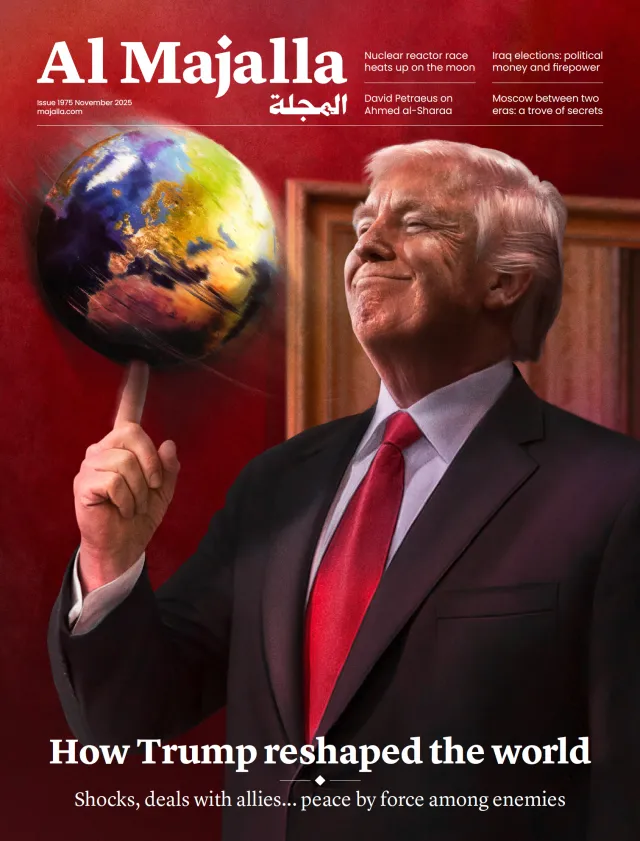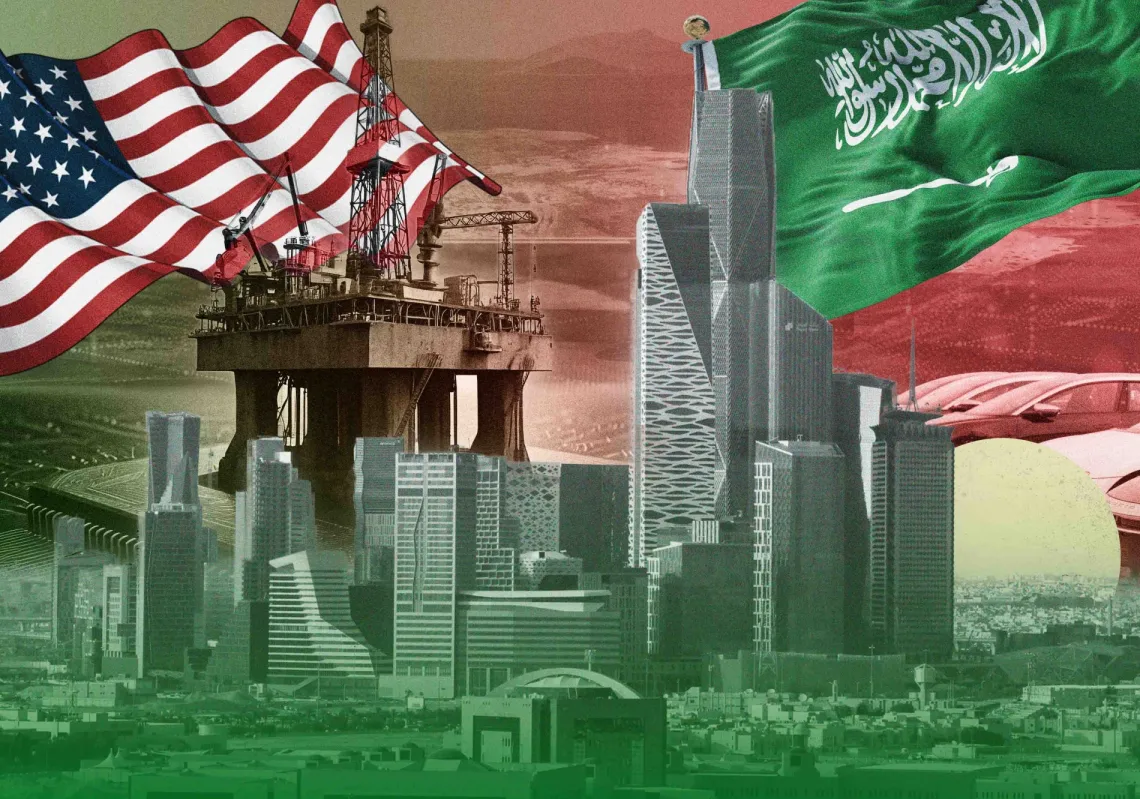While the regional normalisation of Bashar al-Assad’s regime continues apace, media coverage of events has generally presented developments as promising major, transformative change for Syria and its future.
However, in reality, there is little reason to believe that genuinely substantive change is actually likely. Tracks of unconditional re-engagement conducted by some regional governments since 2018 have not only resulted in zero positive change inside Syria – conditions have in fact worsened significantly.
Drivers of instability will remain
The new multilateral phase of engagement is being described as conditional, but it is highly unlikely to be reversed once it becomes clear the regime is inherently unwilling to substantively compromise.
In the coming weeks and months, it is possible that the regime will offer some minor concessions, enough to drag out the normalisation process such that it becomes impossible to reverse course. But even if cross-border aid access is extended, Captagon smuggling slowed, and perhaps a small amnesty announced, none of the major challenges associated with Syria’s crisis will be resolved.
Millions of Syrian refugees will never agree to return; more than 100,000 people will remain missing, presumed detained or murdered in regime prisons; Captagon will continue to flow, given the enormous profit margins associated with the trade; and most importantly, there will not be a genuine and inclusive political settlement. Thus, all the drivers of Syria’s debilitating instability will remain, and many will worsen markedly.

Read more: The al-Assad regime's sordid history of weaponising jihadists
For the likes of the Islamic State (IS), these new developments and their implications represent a dream scenario. Given the profound uncertainty resulting from al-Assad’s regional normalisation, as well as the near-complete loss of hope for the more than 12 million Syrians living outside regime control, IS will see opportunities aplenty.













